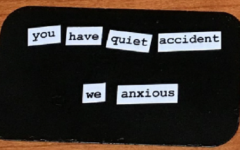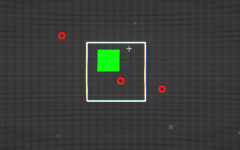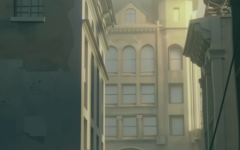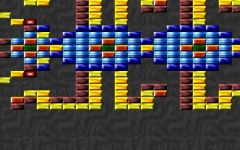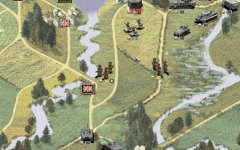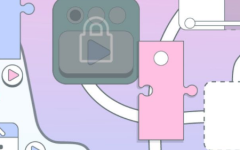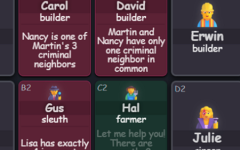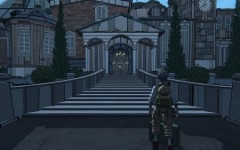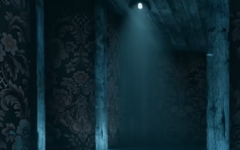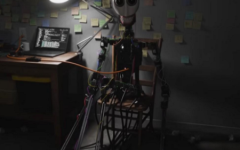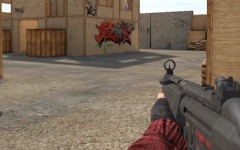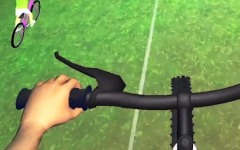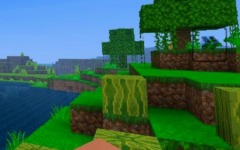Advertisement
Sprunki Wenda’s Revenge
Advertisement
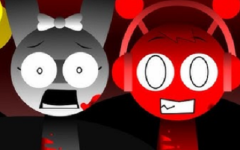
Sprunki Wenda’s Revenge expands on the framework established by earlier Sprunki mods, placing more focus on interaction and change over time. Players begin with the same drag-and-drop system, placing animated avatars onto a soundboard-style interface. However, as the session continues, new sounds emerge that were not present in the first round. Visual distortions and character changes do not occur at once, but instead appear slowly, tied to the number of active figures or the order of input. These gradual differences lead the player to expect results that never fully settle.
Layered Input With Subtle Reactions
This version increases complexity without changing the control scheme. Characters still represent sound cues, and combinations still trigger loops, but now interactions between elements cause new effects. Mixing certain avatars creates tension or quiet changes in background color. A sound that seems normal in one arrangement may distort if paired with another. Players begin to recognize that no loop is isolated—all sounds and movements influence one another across the whole sequence.
- Drag figures onto the platform
- Assign them to individual sound loops
- Combine specific characters to reveal hidden behavior
- Watch for visual shifts linked to loop volume
- Clear the board to reset and test again
Shift In Tone As Session Progresses
Wenda remains central to the structure, but this time her presence grows more reactive. Her design begins neutral, but repeated combinations and specific sound patterns start to affect her motion. She may fade, duplicate, or display unsynced reactions to the rhythm. These changes are not announced—they happen mid-session and can be missed unless the player watches closely. As a result, Wenda feels more like a signal of overall system health than a separate figure.
No Goal, Only Loop And Rebuild
There is no win condition or progression. Players experiment, clear the board, and repeat. Each time they return, the arrangement may be slightly different—either visually or in sound mapping. This unpredictability supports a cycle where the same interaction creates new results. No instructions are offered, and there is no direction beyond what the player builds through sound and timing.
Small Space, Expanding Response
Though confined to a single screen, Sprunki Wenda’s Revenge uses time and interaction to build complexity. It offers no story, no levels, and no upgrades—just a quiet structure shaped entirely by the user’s choices. Each moment in the session is part of a larger pattern that remains unclear until it begins to break. The player’s role is not to win, but to witness how the system shifts under their touch.






















































































































